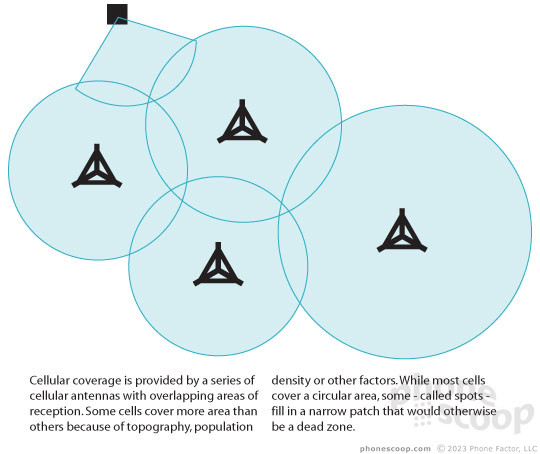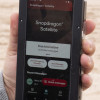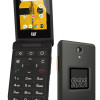Primer: Intro To Cellular Networks
Though most Americans say "cell phone," that term is actually short for "cellular phone," which is named after the wireless technology that they work on. However the rest of the English-speaking world typically refers to these as "mobile phones," and because of the web's global nature, we will often do the same.
A mobile phone really isn't all that different than your regular home phone, only with one less cord. Even if you don't know exactly how your home phone works, you probably know that your home phone connects to box somewhere in your neighborhood which then connects you and all your neighbors to the phone company. You also know that all the phone companies must be connected, because you can make a phone call to anyone else, no matter where they are, as long as they have a phone.
The cellular landscape is composed of both cooperating and competing cellular networks, or carriers. Every carrier has installed a vast network of radio towers, called cell towers or base stations throughout their coverage area. For some carriers their coverage area is very small - just a portion of a state - while other carriers have a large web that covers populated areas all over the whole country. Throughout their coverage area, carriers install a series of towers with slightly overlapping coverage.
The Federal Government sells carriers a license for a chunk, or block, of radio frequencies which they can broadcast on in a specific area. The carrier then divides that block into smaller portions which are assigned to individual towers. The base station can then divide that portion of frequency among a limited number of users. The total number of users a cell can support is often referred to as capacity. Each tower or base station has one or more antenna which provide the coverage on its assigned frequency for that site, called a cell. Cells are roughly circular and range from 0.5 to 6 mile radius in size.
Each base station is connected back to a central command center run by the carrier that owns the cell. The command center connects the cells together into a network, which is linked to the worldwide phone network.



 iPhone 14 Plus Offers a Big Screen For Less
iPhone 14 Plus Offers a Big Screen For Less
 Qualcomm Taps Iridium for Satellite Connectivity
Qualcomm Taps Iridium for Satellite Connectivity
 New Asus Phone for Snapdragon Fans Showcases Qualcomm Tech
New Asus Phone for Snapdragon Fans Showcases Qualcomm Tech
 Google Pixel 5a Sports Large Battery, Water Resistance
Google Pixel 5a Sports Large Battery, Water Resistance
 CAT Puts Android With Play Store in a Compact Flip Design
CAT Puts Android With Play Store in a Compact Flip Design

